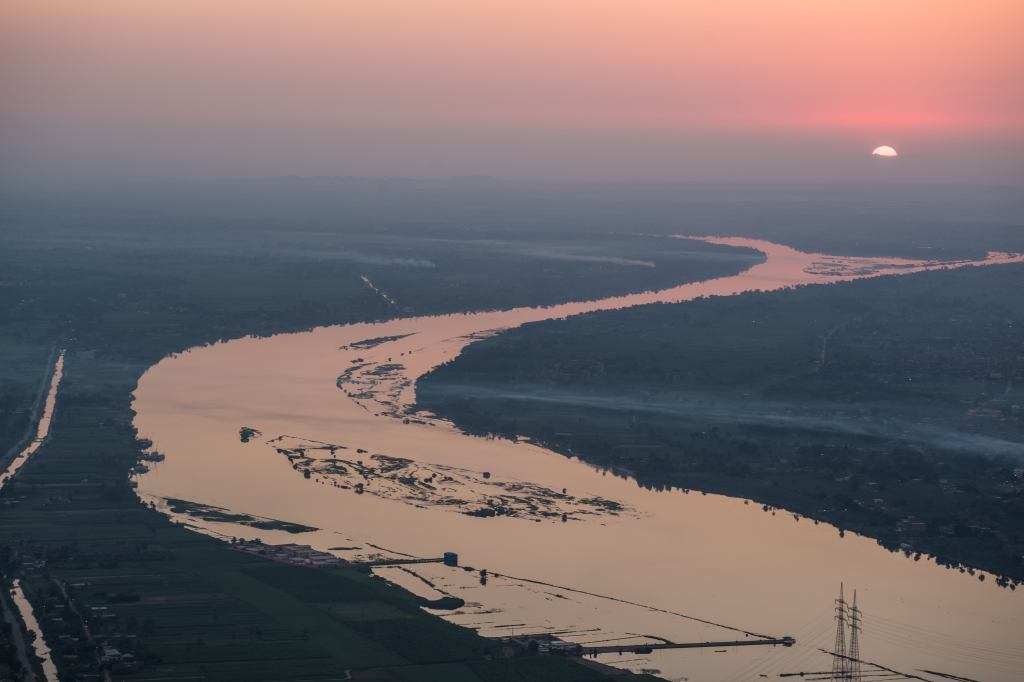Title: The Meaning of Hail and Fire Mingled in Revelations 8:7
Introduction:
In the Book of Revelations, chapter 8, verse 7, the phrase “hail and fire mingled” is used to describe a catastrophic event. Although the language can be challenging to understand, the passage holds significant symbolism and meaning. This essay aims to shed light on the interpretations of this phrase in simple terms.
1. The Book of Revelations:
The Book of Revelations is the last book of the Bible and contains visionary descriptions of the end times and the final judgment. It uses poetic and symbolic language, making it open to interpretation.
2. Context of Revelations 8:7:
Revelations 8:7 speaks about the events unfolding during the opening of the seventh seal. It describes a series of cataclysmic events sent as divine judgments upon the world.
The “first” trumpet brings literal fire and hail, and causes the destruction of most of the vegetation on the earth. Famine and a lack of oxygen production will result.
This may describe volcanic eruptions that could certainly result from the earthquake (in verse 5). The steam and water thrown into the sky by such eruptions could easily condense into hail and fall to earth along with the fiery lava (compare Exodus 9:13-25). Dust and gases may so contaminate falling liquid water that it appears blood red.
The First Trumpet: Hail, Fire and Blood. Ice and fire rain from the sky, burning up a third of all the earth’s trees and all of its grass. This is an ecological disaster without parallel to this point in the history of mankind; its results are incalculable. The lava storm will create a blazing fire that devastates one-third of the earth’s forests.
To make matters even worse, John also adds that “blood” arrives with the hail and fire,
3. Hail as Symbol:
Hail resembles icy balls falling from the sky during a heavy storm. In this context, hail represents a natural element of destruction, signifying God’s judgment upon the earth.
4. Fire as Symbol:
Fire symbolizes purification, transformation, and punishment. It often represents God’s divine intervention or wrath.
5. Mingled Meaning:
“Mingled” indicates the combination or coming together of two elements. In this case, it suggests that hail and fire are intertwined, reinforcing the severity and magnitude of the event.
6. Symbolism of Hail and Fire Mingled:
The phrase “hail and fire mingled” symbolizes a cataclysmic event where destruction and purification co-occur. It signifies the divine judgment and wrath being unleashed upon the earth.
7. Possible Interpretation:
One possible interpretation is that this event could represent a natural disaster like a devastating storm with hail and fire, wreaking havoc on the earth. It also signifies God’s punishment for human wrongdoing.
8. Figurative Meaning:
As the Book of Revelations often uses figurative language, another interpretation could be that “hail and fire mingled” represents chaos and destruction resulting from human sin and rebellion against God’s commandments.
9. Lesson from Revelations 8:7:
The phrase reminds us of the consequences of our actions and the importance of living a righteous life. It encourages us to seek forgiveness, follow God’s teachings, and choose a path of goodness to avoid divine judgment.
10. Conclusion:
Understanding the meaning of “hail and fire mingled” in Revelations 8:7 helps us grasp the message of divine judgment and the consequences of our actions. Through its symbolism, Revelations teaches us valuable lessons about choosing righteousness over sin and striving for a better future.



